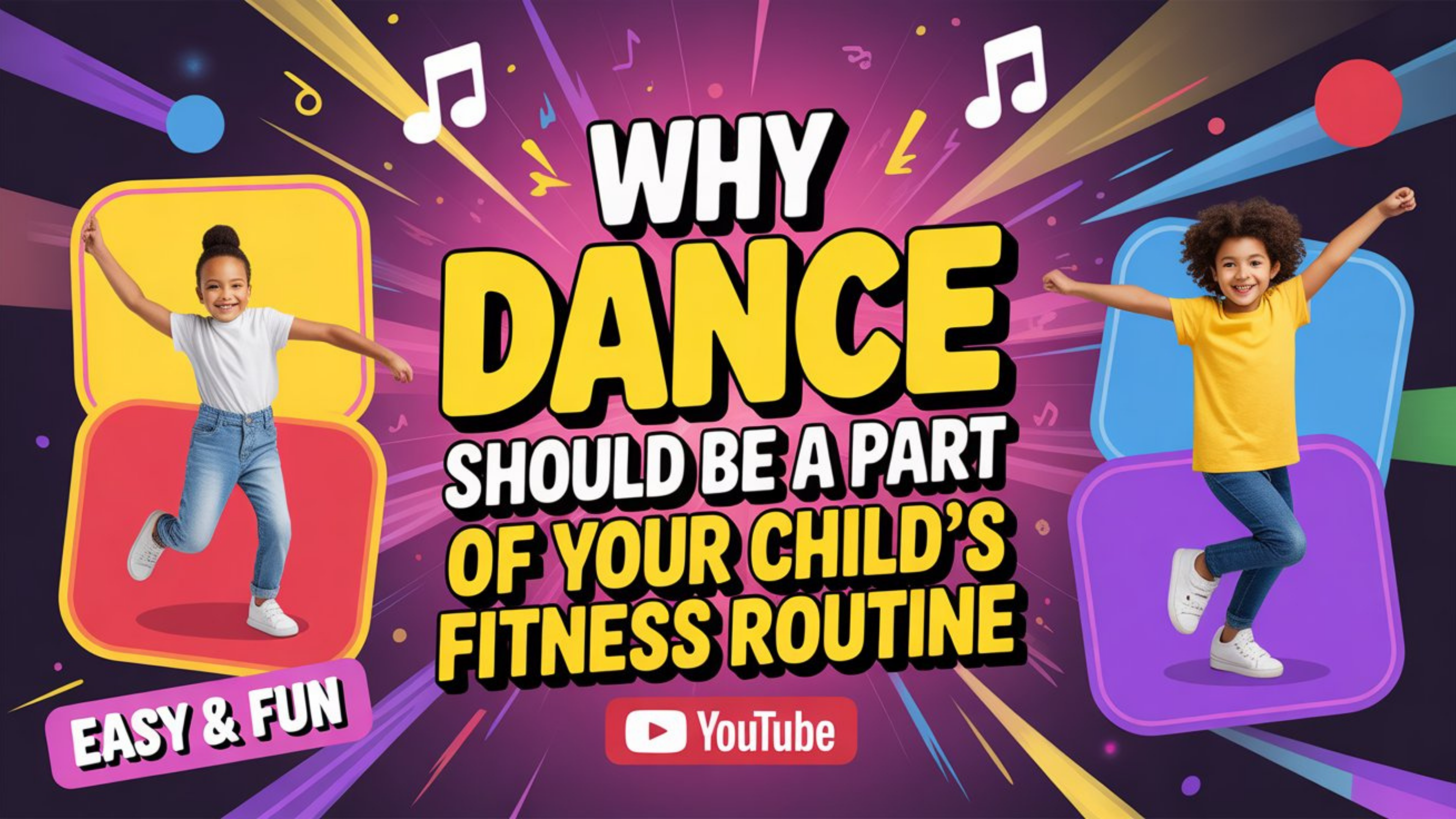Introduction
When parents think of fitness activities for children, they often imagine swimming, football, basketball, or martial arts. While these are excellent choices, one activity that is sometimes overlooked is dance. Beyond its artistic and expressive qualities, dance is also a powerful form of exercise that can help children stay physically fit, mentally sharp, and emotionally balanced.
In today’s digital world, where children spend more time with screens than in active play, integrating fitness through dance into their routine is one of the best ways to ensure they enjoy movement while staying healthy. This blog explores how dance supports overall child health, why it’s an ideal form of fitness, and how parents can make it a regular part of their children’s lives.
The Fitness Benefits of Dance
Dance is often called “exercise in disguise” because children have so much fun that they hardly realize they’re working out.
1. Full-Body Workout
Unlike some sports that focus on specific muscles, dance engages the entire body. Jumping, twirling, stretching, and rhythmic movements build stamina, improve cardiovascular health, and strengthen muscles.
2. Improves Flexibility & Posture
From ballet stretches to hip-hop isolations, dance enhances flexibility, which is crucial for growing bodies. Correct posture developed in dance also prevents long-term physical problems.
3. Builds Endurance and Energy
Children who regularly attend dance sessions quickly notice an improvement in their stamina. Whether it’s running around during playtime or focusing better in class, increased energy levels make them more active overall.
4. Encourages Healthy Weight Management
With rising childhood obesity rates, dance is a fun and effective way to burn calories. Instead of forcing exercise, kids enjoy learning choreography while staying fit.
Dance and Child Health: Beyond the Physical
The benefits of child health dance go far beyond fitness.
1. Mental Well-Being
Dance is a natural stress reliever. Moving to music boosts endorphins, improves mood, and helps children manage emotions. It also reduces anxiety and improves concentration.
2. Confidence and Self-Esteem
Learning routines, performing on stage, and receiving encouragement from teachers build self-confidence. Children who dance regularly often feel more comfortable expressing themselves in public.
3. Social Development
Dance classes usually happen in groups, teaching kids teamwork, discipline, and cooperation. They also make new friends, which enhances social confidence.
4. Creativity and Self-Expression
Through dance, children learn to express themselves without words. This creative outlet enhances imagination and makes them more open to exploring new ideas in academics and life.
Why Dance is the Ideal Fitness Routine for Kids
Unlike structured gym exercises or rigid workout plans, dance combines fun, rhythm, and creativity with fitness.
-
It’s adaptable: From energetic hip-hop to calming classical dance, kids can choose a style that matches their personality.
-
It’s inclusive: Dance doesn’t require prior experience; any child can start regardless of skill level.
-
It’s sustainable: Since children enjoy it, they are more likely to continue long-term compared to other activities.
Parents in cities like Pune are increasingly turning to fitness through dance programs in academies and schools to ensure kids maintain active lifestyles.
Making Dance Part of Daily Life
Parents can easily include dance in their child’s routine:
-
Enroll in Classes – Join a professional dance academy where structured lessons focus on both technique and fitness.
-
Home Practice – Set aside 15–20 minutes daily for children to practice routines at home with their favorite songs.
-
Family Dance Time – Turn on music during weekends and make dance a family activity for bonding and fitness.
-
Competitions & Events – Encourage participation in school or community performances to keep kids motivated.
Dance Academies and Child Fitness in India
India is home to many professional dance academies that not only teach performance but also emphasize health and discipline. Cities like Pune, Mumbai, and Delhi have academies offering child health dance programs designed to develop fitness alongside creativity. Parents can select academies that focus on age-appropriate training, safe environments, and opportunities for growth.
Tips for Parents When Choosing Dance Classes
-
Look for certified and experienced instructors.
-
Ensure sessions include warm-ups and cool-downs to avoid injuries.
-
Choose age-specific programs so kids learn at the right pace.
-
Encourage kids to try different dance styles before settling on one.
Conclusion
Dance is not just an art—it’s an effective and joyful way to achieve fitness through dance and improve overall child health. From building stamina and flexibility to boosting confidence and creativity, dance offers a holistic approach to development.
By making dance a regular part of your child’s fitness routine, you’re not only encouraging physical health but also nurturing emotional well-being and self-expression. With the right guidance and consistent practice, dance can help children grow into confident, energetic, and well-rounded individuals.
So, the next time you think about your child’s fitness, don’t just consider sports or exercise routines—remember that dance is one of the healthiest, happiest choices you can make for their growth.

